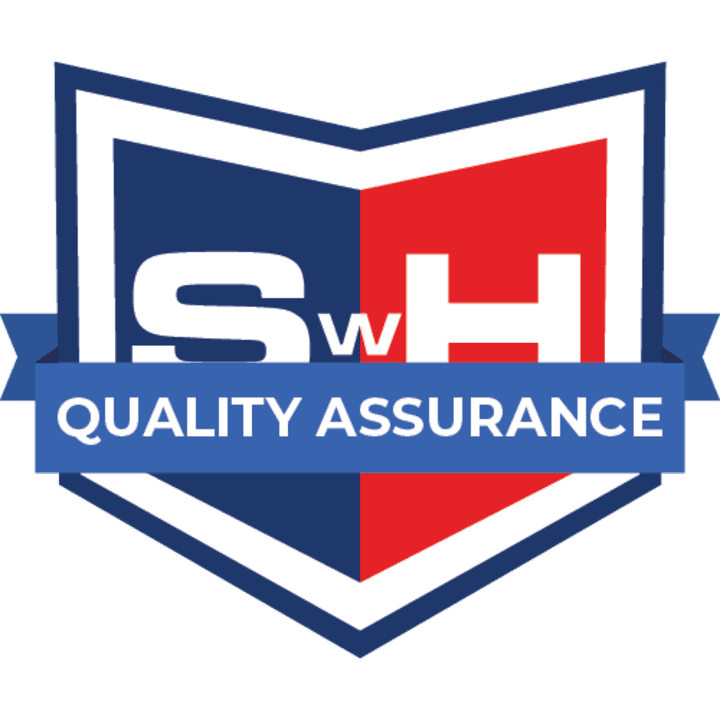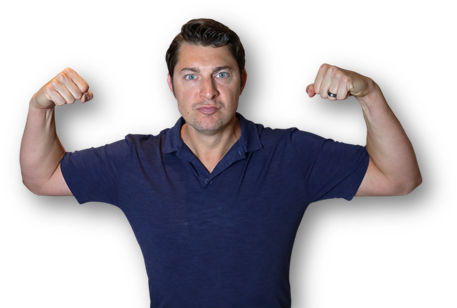Brian Reese here from VA Claims Insider, and today, I’m giving you FREE access to the most widely accepted VA PTSD Test for Veterans.
If you’ve ever wondered if you might have combat PTSD or non-combat PTSD from your military service, this 20 question PCL-5 VA PTSD Test checklist is a great place to start your assessment.
And by the way, PTSD always has “stressors,” and PTSD stressor verification is a huge part of how the VA determines whether PTSD is service-connected.
Do you need to file a VA claim for PTSD? Click HERE for tips, strategies, and lessons learned.
Included below is a free online version of the 20-question PLC-5, which is how many VA psychologists and psychiatrists screen veterans for military PTSD.
Once you’ve completed the quiz, your raw score will be displayed along with some useful PTSD tips.
What is the PCL-5?
The PCL-5 is a 20-item self-test that measures and assesses the 20 DSM-5 symptoms of PTSD in Veterans.
The PCL-5 PTSD screening tool has a variety of purposes for both Veterans and Clinicians, including:
- Monitoring symptom change during and after treatment
- Screening individuals for PTSD
- Making a provisional PTSD diagnosis
Interpretation of the PCL-5 should be made by a clinician, but since it’s a self-reported assessment, Veterans can take the free VA PTSD Test to assess and measure their likelihood of having PTSD.
The PCL-5 can be scored in 3 different ways although we recommend using the raw score to determine the probability that a Veteran has PTSD:
- A total symptom severity score (range of 0-80) can be obtained by summing the scores for each of the 20 items. Each of the 20 items is scored from 0-4, with 0 being the lowest and 4 being the highest.
- DSM-5 symptom cluster severity scores can be obtained by summing the scores for the items within a given cluster, i.e., cluster B (items 1-5), cluster C (items 6-7), cluster D (items 8-14), and cluster E (items 15-20). The clusters represent various PTSD markers.
- A provisional diagnosis of PTSD for VA purposes can be made by treating each item rated as 2 = “Moderately” or higher as a symptom endorsed, then following the DSM-5 diagnostic rule which requires at least: 1 B item (questions 1-5), 1 C item (questions 6-7), 2 D items (questions 8-14), 2 E items (questions 15-20).
According to widely accepted research regarding provisional diagnosis of PTSD in Veterans, a PCL-5 cutoff score between 31-33 is indicative of probable PTSD, however, more research is needed.
For VA rating purposes, there seems to be a trend toward a PTSD cutoff score of 33, and I think Veterans need to be aware of this before completing a PLC-5 at the VA or during a C&P Exam for PTSD.
Disclaimer: This measure was developed by staff at VA’s National Center for PTSD and is in the public domain and not copyrighted. It is provided here for convenience and is not guaranteed to be the latest version nor should it be used in lieu of seeking professional medical and mental health advice. In accordance with the American Psychological Association’s ethical guidelines, this instrument is intended for use by qualified health professionals and researchers.
The PCL-5 Online VA PTSD Test for Veterans
Additional PTSD Resources
PTSD Resource Guide for Veterans & Families
PTSD Triggers (Veteran’s Guide)
Top 3 Ways to Get a VA Rating for PTSD
You DESERVE a HIGHER VA rating.
WE CAN HELP.
Take advantage of a FREE VA Claim Discovery Call with an experienced Team Member. Learn what you’ve been missing so you can FINALLY get the disability rating and compensation you’ve earned for your service.
About the Author

Brian Reese
Brian Reese is one of the top VA disability benefits experts in the world and bestselling author of You Deserve It: The Definitive Guide to Getting the Veteran Benefits You’ve Earned (Second Edition).
Brian’s frustration with the VA claim process led him to create VA Claims Insider, which provides disabled veterans with tips, strategies, and lessons learned to win their VA disability compensation claim, faster, even if they’ve already filed, been denied, gave up, or don’t know where to start.
As the founder of VA Claims Insider and CEO of Military Disability Made Easy, he has helped serve more than 10 million military members and veterans since 2013 through free online educational resources.
He is a former active duty Air Force officer with extensive experience leading hundreds of individuals and multi-functional teams in challenging international environments, including a combat tour to Afghanistan in 2011 supporting Operation ENDURING FREEDOM.
Brian is a Distinguished Graduate of Management from the United States Air Force Academy, Colorado Springs, CO, and he holds an MBA from Oklahoma State University’s Spears School of Business, Stillwater, OK, where he was a National Honor Scholar (Top 1% of Graduate School class).




